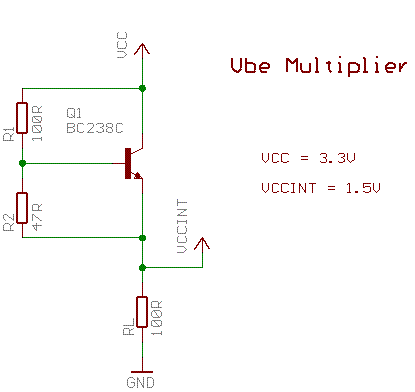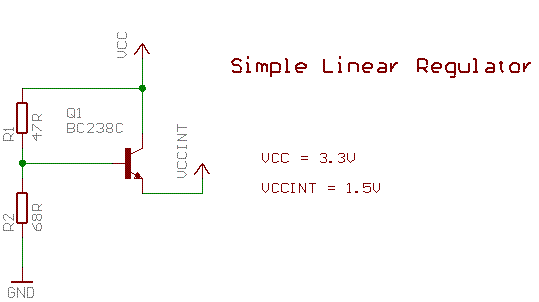boylesg
Advanced Member level 4
- Joined
- Jul 15, 2012
- Messages
- 1,023
- Helped
- 5
- Reputation
- 10
- Reaction score
- 6
- Trophy points
- 1,318
- Location
- Epping, Victoria, Australia
- Activity points
- 11,697
I can find plenty of websites that explain the theory of these things but not one that explains them in a practical situation with a worked example.
I mean would you use a 1M pot or a 1k pot?
I see they are meant to be connected to a constant current source as well as the input audio signal. But how much current? 100mA, 10mA, 1mA or 1uA?
If any one can point me in the direction of a website that covers all practicalities as well as the theory I would be very appreciative.
I mean would you use a 1M pot or a 1k pot?
I see they are meant to be connected to a constant current source as well as the input audio signal. But how much current? 100mA, 10mA, 1mA or 1uA?
If any one can point me in the direction of a website that covers all practicalities as well as the theory I would be very appreciative.

